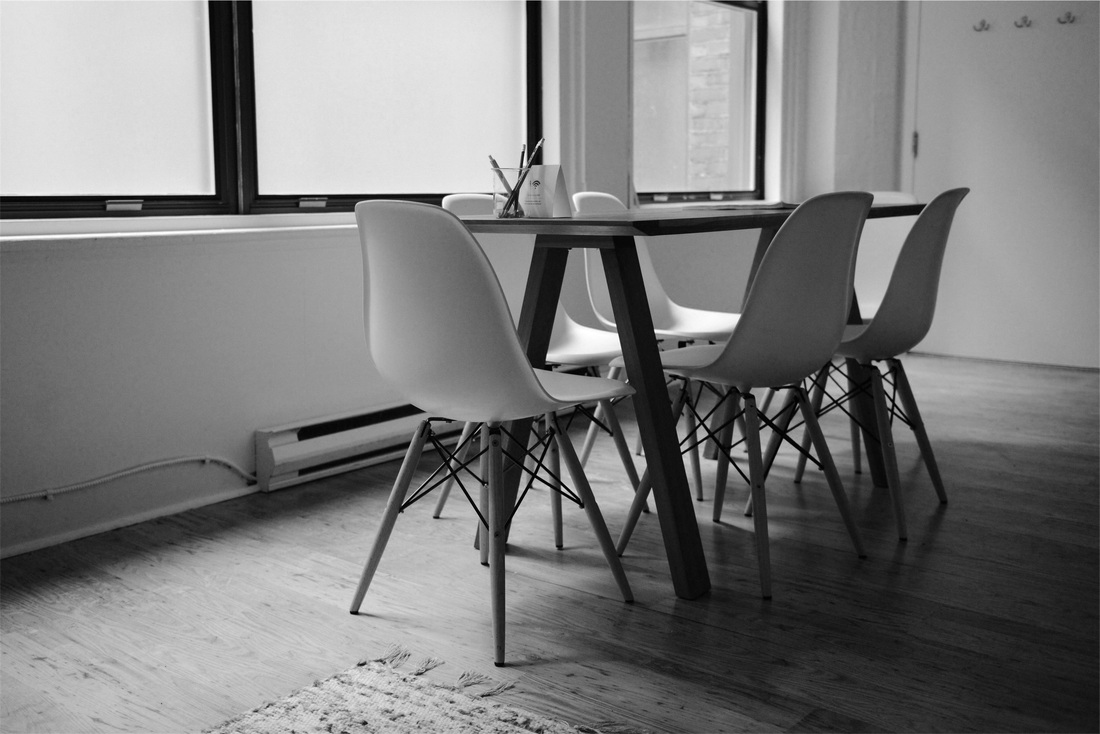Chapter 13
Chapter 13 has powerful tools to reorganize and deal with debts to help you build your fresh start.
|
The Bankruptcy Code (11 U.S.C.) is divided into Chapters, which lead to different types of bankruptcies. Chapter 13 is also known as a "simple reorganization," and subject to certain limitations. First, only people can file for chapter 13; not businesses. Second, your debt's cannot exceed a statutory limits (11 U.S.C. section 109(e)), of approximately $385,000 in unsecured and $1,080,000 in secured debt.
|
CALL |
|
